3 stage mast forklift: A three-stage mast consisting of an outer mast, a middle mast, and an inner mast, each mast slidably and nestable engaging an adjacent mast and configured for a positive and negative lift along the length of each mast.
A first linkage system comprising a cylinder assembly mounted on the outer mast and a chain fixed at opposite ends to the outer and middle masts, therebetween engaging a pulley on the cylinder assembly, wherein the first linkage system achieves a 2:1 movement ratio of the middle mast to the cylinder assembly.
And a second linkage system comprising a chain fixed at opposite ends to the outer and inner masts, therebetween engaging a pulley on the middle mast, wherein the second linkage system achieves a 4:1 movement ratio of the inner mast to the cylinder assembly
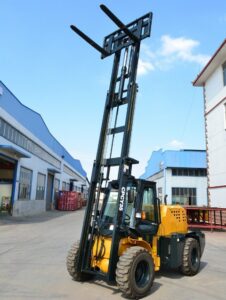
3 Stage forklift
3-Stage – A three-stage mast, or triplex, is the most versatile forklift mast and also the most popular. The outer rails allow for free lift, and the two inner sections can lift loads higher than a two-stage. This mast type is a good choice for general warehouse applications.
Container mast forklift
The term container mast is widely used in the forklift industry.
Most Container masted forklifts are also 3 stage masts. They achieve lift heights of up to 4.7 meters in a standard forklift and up to 5.0 meters in a compact and some electric counterbalance units.
Basically, you can drive inside a container or under a mezzanine floor and lift up, without putting the mast of the forklift through the roof or the floor of your Mezzanine. Hence the term container mast.
The combination of a machine that can lift in a container and still lift outside the container makes container mast units very versatile, but like everything, there is a trade-off.
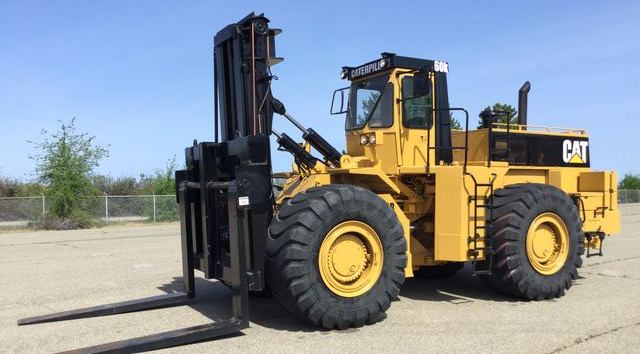
Forklift mast types
3 stage mast forklift
Forklift truck masts are typically described in two ways:
- The number of carriages within the overall mast mechanism
- The lift mechanism
The number of carriages within the overall mast mechanism denotes how many ‘stages’ there are within a mast. A duplex mast has two carriages, or stages, whereas a triplex mast has three carriages or stages. Triplex masts are generally more sought after as the inclusion of an additional carriage ensures maximum lift height that condenses down into minimal closed height.
The lift mechanism within a forklift truck mast is typically either ‘standard’ or ‘full free lift.’
A standard mast offers maximum visibility to the driver as there is a clear gap between the outside of the lift carriage, however for the forks to move, the mast itself must move.
A ‘full free lift’ mast allows the lifting of the forks without the raising of the mast itself. This is particularly useful if operating in tight overhead height restriction. The inclusion of full free lift does impair the driver’s visibility however, as the mechanism requires a hydraulic ram situated within the center of the mast.
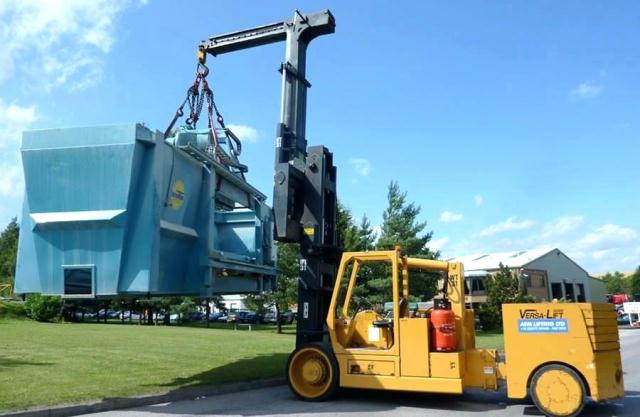
What is a forklift mast?
The mast is the system in a forklift that performs load lifting.
The mast consists of a fork and an elevation mechanism, associated with the lift truck’s hydraulic assembly. Two systems of classification have arisen to describe a forklift truck’s mast in detail.
An operating manual may classify the mast either by the lift mechanism or by the number of mast “sections”. Regardless of the terminology, it’s important to know the difference in forklift mast types when choosing the right forklift mast for your facility.
The mast makes a big difference in the functionality of a forklift within a particular environment. The single mast elevates the inner mast section along with the load. It requires additional overhead space to allow for the channels of the mast to raise higher than the load. This can be problematic in narrow aisles and tight quarters at lower forklift lift heights.
What is a 3 stage forklift?
3-Stage – A three-stage mast, or triplex, is the most versatile forklift mast and also the most popular. The outer rails allow for free lift, and the two inner sections can lift loads higher than a two-stage.
The single-stage mast has one channel with a limited lifting height. Free lift (the ability to lift the load and forks without moving the mast channels) is not available. Due to this limitation, the mast must extend higher than other mast options in order to stack loads. This type of mast is frequently seen in outdoor applications where overhead clearance is not a concern, due to the lack of height clearance restrictions.
Also referred to as an ‘Upright’, the mast is the vertical assembly on the front of the forklift that does the work of raising, lowering, and tilting the load. Most masts are ‘three stages’ meaning there are three channels on each side.
‘Freelift’ refers to a forklift trucks ability to lift its forks without raising the masters. This is particularly useful when operating within tight height restrictions.
The lift handle is attached to an electrical air pump at the base of the forklift. Once the handle is pressed, it triggers the air pump that draws the outside air through a filter and forces it into a tube reaching to the hydraulic cylinders.
Lifting Mechanism: Hydraulic Cylinders
How much does a forklift mast weight?
The average automobile weighs approximately 3,000 lbs and the average forklift weighs close to 9,000 lbs. Also, forklifts are heavier in the rear to counter the weight of items being carried in the forks.
The most read
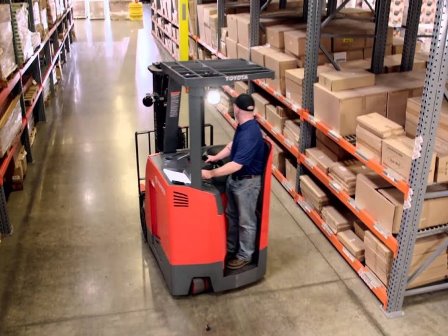
Stand-up Forklift
Stand-up forklifts (also known as stand-on and electric riders) are designed for applications where the operator must get on and off the lift truck frequently.
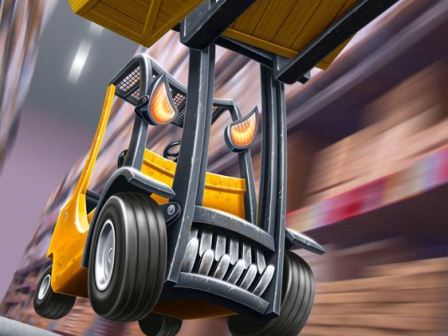
Forklift rules and regulations
Forklift loader rules, guidelines, and regulations, forklift rules and regulations, fork truck safety, forklift training license.
